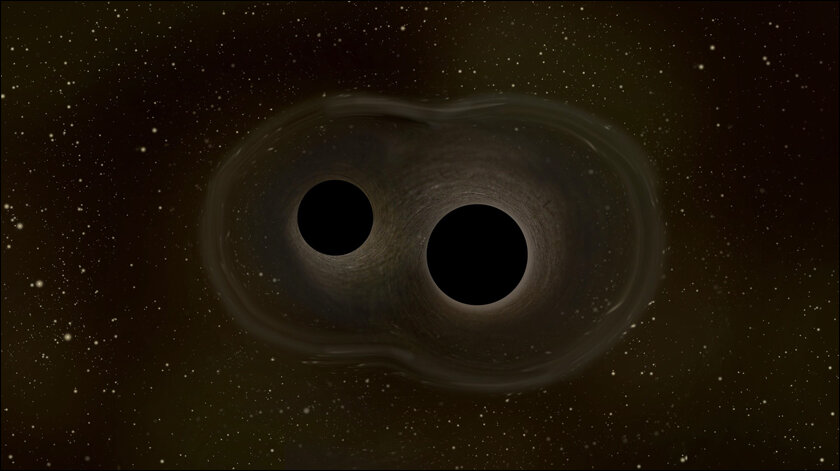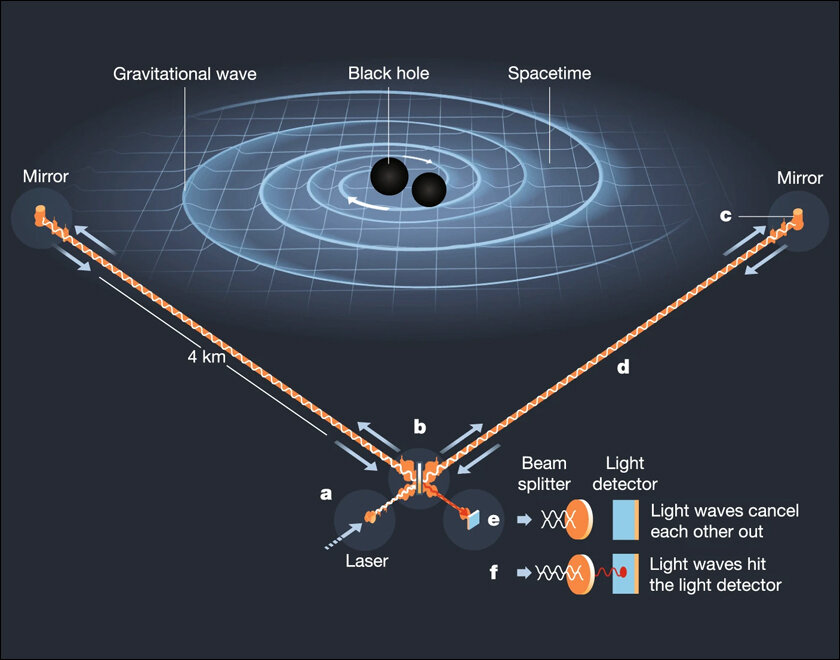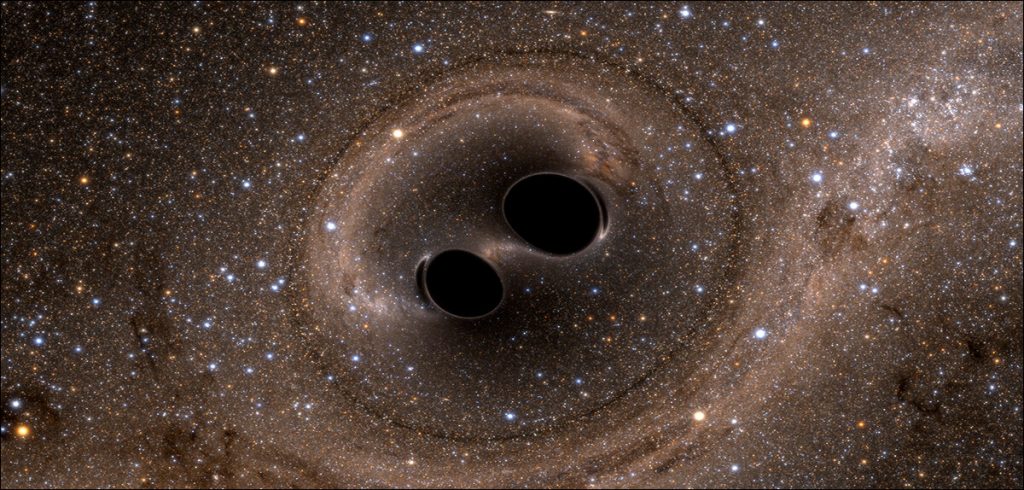Scientists have found evidence of the constant background hum of gravitational waves, providing further confirmation of the German-born Nobel Prize winner’s theory.
Well over a century ago, in the summer of 1916, at the age of 36, renowned German physicist Albert Einstein published his now-famous theory of general relativity.
The theory is based on two main postulates:
1. The laws of physics are the same for all observers, regardless of their motion.
2. The curvature of spacetime is caused by the presence of mass and energy.

(Image Credit: NewScientist)
Apart from this, the theory also predicted the existence of black holes along with explaining a wide range of phenomena, including the motion of planets, the bending of light around massive objects, and the expansion of the universe.
But along with all this, Einstein’s theory of relativity made another important prediction, that gravitational waves exist. But it wasn’t proven or observed for another hundred years!
Gravitational Waves
Gravitational waves are ripples in the fabric of spacetime that are caused by the movement of massive objects. They are so weak that they are difficult to detect, but they have been detected directly by scientists in recent years.
The first direct detection of gravitational waves was made in 2016 by the Laser Interferometer Gravitational-Wave Observatory (LIGO). LIGO is a network of gravitational wave detectors that are located in the United States. The detectors are sensitive enough to detect gravitational waves from the merger of black holes and neutron stars.

(Image Credit: ESA / Flickr)
The Background Hum
The background hum is a constant noise of low-frequency gravitational waves that permeates the universe. It is thought to be created by the merger of supermassive black holes that occurred billions of years ago. These mergers generate powerful gravitational waves that travel through space for billions of years. The background hum is the collective signal of all of these gravitational waves.
The background hum is too faint to be heard by humans, but it can be detected by sensitive gravitational wave detectors. The first evidence of the background hum was found in 2019 by the North American Nanohertz Observatory for Gravitational Waves (NANOGrav). NANOGrav is a network of radio telescopes that are sensitive to low-frequency gravitational waves.
The Importance of the Discovery
The discovery of the background hum has a number of implications for our understanding of the universe. It provides strong evidence for the existence of gravitational waves, which were first predicted by Albert Einstein over a century ago.

Furthermore, it also suggests that the universe is filled with these waves, which could be used to study the early universe and the evolution of galaxies. Yet another implication of this discovery is that it could lead to the development of new technologies, such as gravitational wave detectors that are even more sensitive than those that exist today.
The Future of Research
The discovery of the background hum is a major breakthrough, but it is just the beginning. Scientists are now eager to learn more about the nature of these waves and how they were created. They are also interested in using the background hum to study the early universe and the evolution of galaxies.
The future of research in this area is bright. With the development of more sensitive gravitational wave detectors, scientists will be able to learn even more about the universe and its origins.
In case you missed:
- Scientists Discover Earth’s Third Energy Field, after 60 Years of Searching
- Why is Indian Education Sector facing Record Number of Cyberattacks?
- Active Listening Feature on Phones raises Privacy Concerns
- iPhone 16: Price, Release Date, Specs & More
- New Year, New Scam: All You Need to Know About Brushing
- WhatsApp introduces Advanced Chat Privacy for Increased Security
- Grok 3 vs ChatGPT: Which One Should You Pick & Why?
- Mary Meeker’s AI Report: ChatGPT is Growing Faster than Google Search
- Presenting Gemini Live, Google’s Response to ChatGPT Voice
- Param Rudra: Modi launches India’s Homegrown Supercomputing Powerhouse










